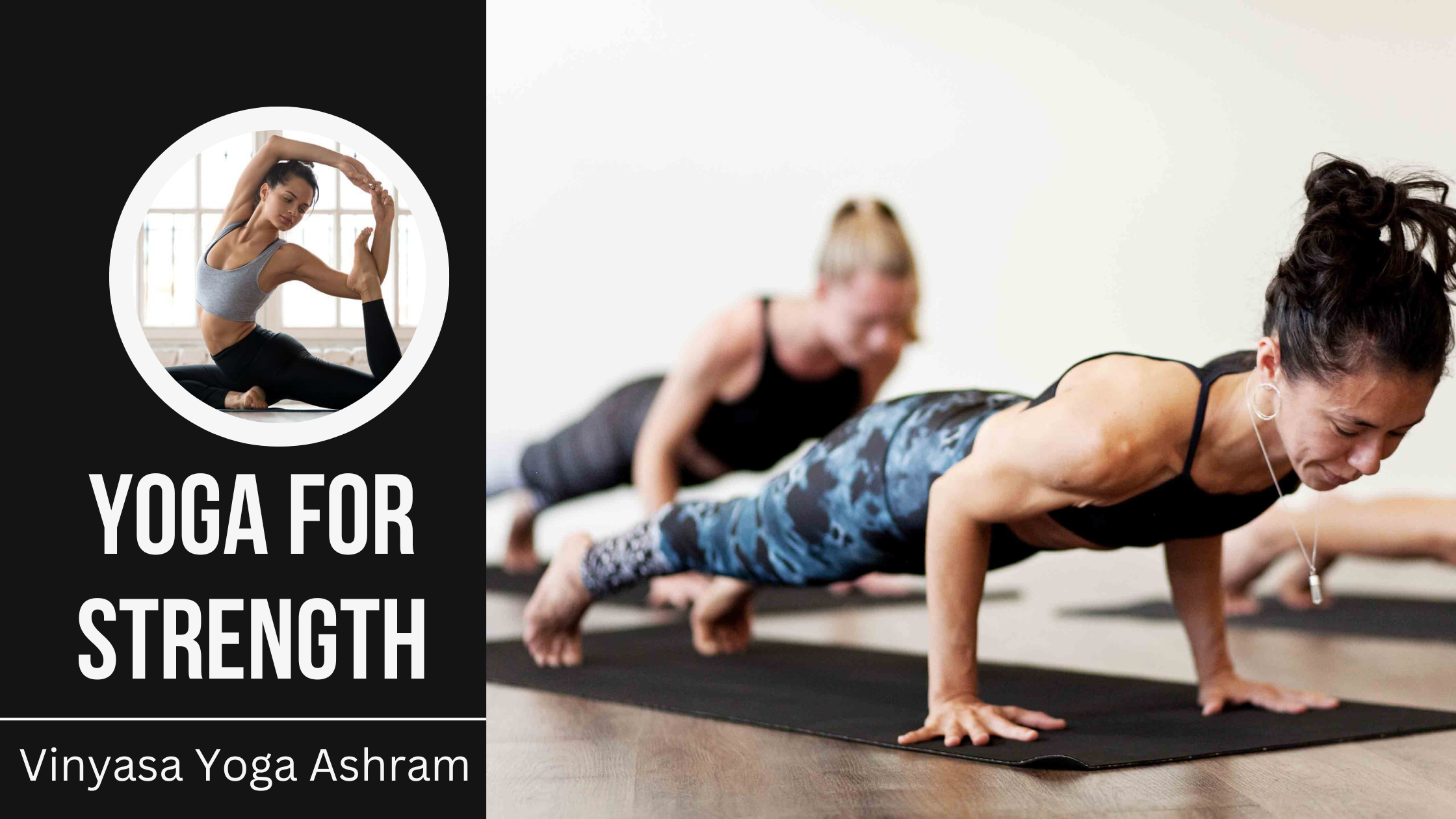
“I HATED THE FIRST yoga class I attended”, This is what one of the students at our yoga school said. The problem wasn’t her flexibility; she didn’t have any problem twisting her body into different yoga asanas. She felt yoga was hard for her because it demanded strength.
Hatha Yoga is all about reaching a yoga asana and holding it for minutes on end until the yoga teacher has walked the whole yoga hall and done adjustments. Perhaps for some of you, the experience might be the opposite. You may find the strength poses doable while the flexibility poses flummox you.
While each of us has our strengths and weaknesses. Often, we have a scantiness of either strength or flexibility. Even for a lot of yoga practitioners, it is difficult to maintain both, exhibiting strength and flexibility in equal measure is a real flex for a yogi.
However, in this blog, we will explore different aspects of strength. Strength is an ability that many of us do not possess, but it’s necessary. Especially in yoga, you need to build muscular endurance to hold yoga postures for 3-5 breaths, and also when a yogi is performing the repetition of dynamic sequences such as Surya namaskars.
Quick Read : Kapalbhati Pranayama
What is physical strength?
We started this blog off with how a lack of strength can ruin your experience of yoga. A lot of yogis, especially female yoga practitioners, feel that lack of strength limits their range of performing a lot of arm balancing asanas.
Yogis before you know what asanas help build strength, it’s important to understand what it is.
There are many elements of physical strength such as stamina and endurance which are applied differently in different types of workouts. For example, an Olympic weightlifter uses different skills than a yoga practitioner. Yogis perform a series of movements and hold yoga asanas for a longer duration whereas weightlifting requires a single attempt to display strength,
Here is a secret that you probably didn’t know, muscle fibers are unable to oscillate the intensity of their contraction concerning the force they are acting against. If a muscle fiber contracts, it contracts completely, there is no such thing as a partially contracted muscle fiber.
If this is the case, then how does the muscle force contraction vary in strength from strong to weak?
This phenomenon occurs because more muscle fibers get recruited depending on the job they need to perform. The central nervous system commands the engagement of more muscle fibers.
In yoga, the asanas are done and held to activate more and more muscle fibers training all the muscles for strength.
Isometric strength develops when you hold a pose for a long time, forcing your muscles to work against static resistance. This could mean pushing your feet into the floor in a warrior pose or holding your hands to the ground in a plank. Maintaining the position in a static hold and working against the steady resistance of the floor is key here. Such long holds develop the strength that helps you hold your core steady while you run. Isotonic strength, however, comes from dynamic motion in and out of poses, as the muscles contract concentrically (while shortening) and eccentrically (while lengthening) as you move rhythmically. Your arm and leg muscles work in the same way as you run. Building isotonic strength will support your running. Yoga poses use your body strength for resistance, but they are not a direct replacement for a strength-training program using weights. For some runners, yoga can suffice as a strength practice
Quick Read : Yoga teacher training courses in India
How Yoga Helps Builds Strength
An ashtanga yoga session can reveal the limitations of your strength as soon as you transition into chaturanga dandasana. It can also work to build your strength, challenging your muscles in both isometric and isotonic exercises. Isometric strength develops when you hold a yoga pose for a long time, forcing your muscles to work against static resistance.
This could mean pushing your feet onto the floor in a virabhadrasana (warrior-1 pose) or holding your hands to the ground in chaturanga dandasana (Four Limbs Staff pose) can be the key to building real arm and leg strength. Such long holds develop the strength that helps you hold your core steady while you run. Isotonic strength, however, comes from dynamic motion in and out of poses, as the muscles contract concentrically (while shortening) and eccentrically (while lengthening) as you move rhythmically. Your arm and leg muscles work in the same way as you run. Building isotonic strength will support your running. Yoga poses use your body strength for resistance, but they are not a direct replacement for a strength-training program using weights.
Isotonic strength, on the other hand, comes from dynamic motion in and out of poses, as the muscles contract concentrically (while shortening) and eccentrically (while lengthening) as you move rhythmically in Surya namaskars or vinyasa flows. Your arm and leg muscles work in the same way as you run. Building isotonic strength will support your running. Yoga poses use your body strength for resistance, but they may not be the direct replacement for a strength-training program using weights.
Quick Read : 200 Hour Yoga Teacher Training Course
Here are some yoga postures that help you build strength.
For Lower Back Strength
Salabhasana (Locust pose) How to do?
- Lie full length on the floor on the stomach, face downwards. Stretch the arms back.
- Exhale, lift the head, chest, and legs off the floor simultaneously as high as possible. The hands should not be placed and the ribs should be 100 Light on Yoga not rest on the floor. Only the abdominal front portion of the body rests on the floor and bears the weight of the body.
- Contract the buttocks and stretch the thigh muscles. Keep both legs fully extended and straight, touching the thighs, knees, and ankles.
- Do not bear the weight of the body on the hands but stretch them back to exercise the upper portion of the back muscles.
- Stay in the position as long as you can with normal breathing.
- In the beginning, it is difficult to lift the chest and the legs off the floor, but this becomes easier as the abdominal muscles grow stronger.
Quick Read : 300 Hour Yoga Teacher Training Course
For the arms and the wrists strength.
- Chaturanga Dandasana (Four Limb Staff Pose)
How to do
- Lie flat on the floor, face downwards.
- Bend the elbows and place the palms by the side of the chest. Keep the feet about a foot apart.
- With an exhalation, raise the whole body a few inches above the floor, balancing it on the hands and the toes. Keep the body stiff as a staff, parallel to the floor from head to heel and the knees taut. Stay for some time with normal breathing.
- Then gradually extend the whole body forward so that the feet rest on the upper portion of the toes on the floor.
- Stay in the pose for about 30 seconds with normal or deep breathing. The movement may be repeated several times. Then relax on the floor.
Quick Read : 500 Hour Yoga Teacher Training Course
For Legs Strength
- Stand in Tadasana.
- Raise both arms above the head; stretch up and join the palms.
3· Take a deep inhalation and with a jump spread the legs apart sideways 4 to 4.5 feet.
4· Exhale, and turn to the right. Simultaneously turn the right foot 90 degrees to the right and the left foot slightly to the right. Flex the right knee till the right thigh is parallel to the floor and the right shin perpendicular to the floor, forming a right angle between the right thigh and the right calf. The bent knee should not extend beyond the ankle but should be in line with the heel.
5· Stretch out the left leg and tighten at the knee.
- The face, chest, and right knee should face the same way as the right foot, as illustrated. Throw the head up, stretch the spine from the coccyx and gaze at the joined palms.
7· Hold the pose from 20 seconds to half a minute with normal breathing. 8. Repeat on the left side as in positions 4 to 6, reversing all processes. 9· Exhale and jump back to Tadasana.
Quick Read : Meditation Retreats in Rishikesh
Four quick tips to strengthen your muscles in yoga.
- Practice repetitive, dynamic styles of yoga
- Hold poses for longer
- Engage muscles at the end range.
- Embrace variety.

